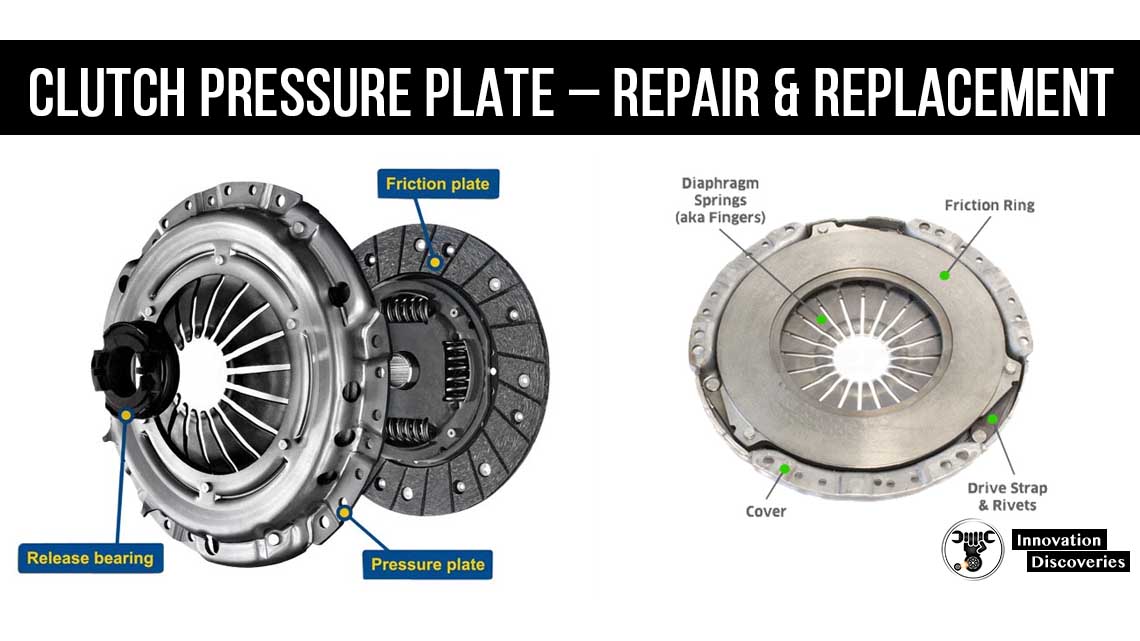
What does the clutch pressure plate do?
The clutch pressure plate is an essential part of your manual vehicle’s clutch system.
It is a heavy metal plate that is controlled by springs and a lever.
Its main purpose is to apply pressure to the primary clutch plate (or clutch disc), holding it against the engine flywheel.
This allows energy to flow from the engine crankshaft, through the engaged clutch into the transmission/gearbox system, then through driveshafts and wheels.
When the driver presses down on the clutch pedal, the pressure plate stops applying pressure to the primary clutch plate, which disengages (removes friction pressure) between the clutch pressure plate, the clutch plate, and the engine flywheel.
That interrupts the transmission of engine power, allowing the driver to engage and change gears quickly.
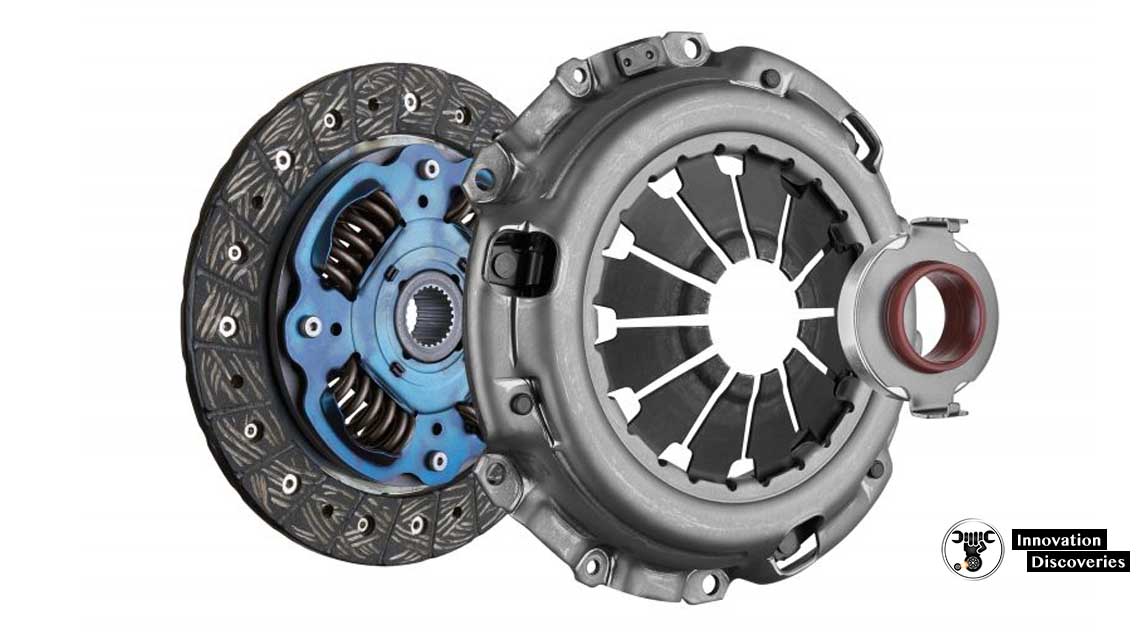
Causes of pressure plate problems:
Several things can go wrong in your vehicle’s clutch system, causing your pressure plate to sustain damage:
Worn clutch disc
A worn clutch disc/plate can cause damage to the clutch pressure plate.
Once the linings are completely worn off the clutch disc/plate, the rivets or other metal parts of the clutch plate will rub directly on the pressure plate.
ALSO, READ: HOW A CAR CLUTCH WORKS
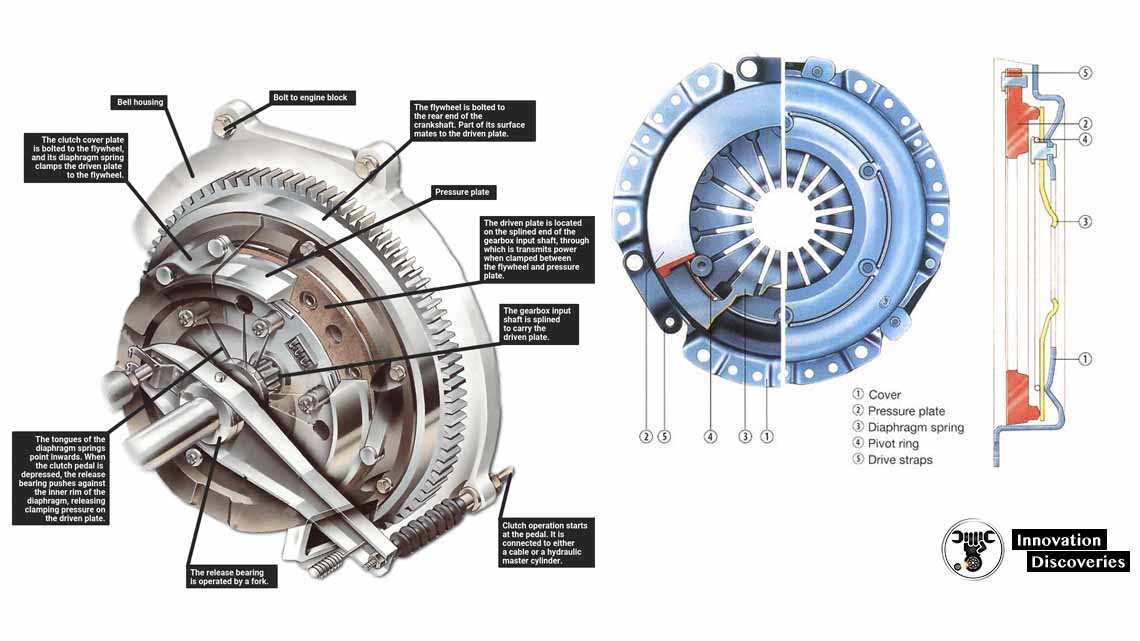
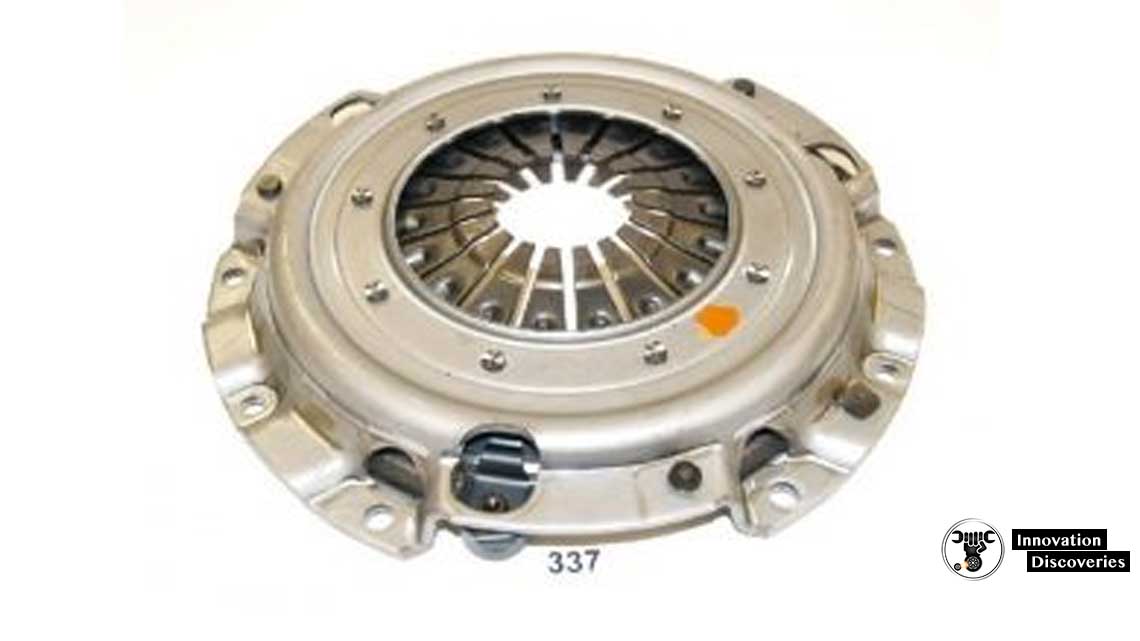
Broken Fingers or Spring
If one or more of the clutch pressure plate fingers that protrude out from the center of the clutch plate are broken or bent, the clutch will not operate correctly and may become difficult to engage your gears.
Also, if the clutch pressure plate spring arrangement is broken, then you may not be able to engage or disengage your clutch and gears at all.
Overheating
If your car’s clutch is slipping, the clutch system generates a lot of heat.
Clutch damage further exposes parts such as the pressure plate to excess heat, causing them to warp or wear more quickly.
Clutch slipping
A slipping clutch can cause damage to the surface of your pressure plate.
Clutch slipping can be caused by many different problems in your vehicle’s transmission system.
Incorrect installation
A certain distance must remain between the pressure plate and its release bearing.
If part of your clutch was installed incorrectly, then the thrust bearing may be damaging your clutch pressure plate.
Incorrectly adjusted clutch cable.
If the clutch cable is over-tightened, the clutch thrust bearing may constantly press against the clutch pressure plate, causing constant slight clutch slip and damage.
CHECKING AND REMOVING A CLUTCH MASTER CYLINDER
Improper use of clutch
If the clutch is used improperly, it can cause damage to your clutch pressure plate.
Examples of improper use include:
- Riding the clutch too much while taking off on hills.
- Slipping gears.
- Using the clutch to slow down the vehicle by using engine braking.
Symptoms of a damaged clutch pressure plate
Slipping clutch
A damaged pressure plate will cause the clutch to slip. A slipping clutch often produces the following symptoms:
- Lack of vehicle power
- Higher RPM
- Difficulty in engaging or shifting gears
- Reduced clutch pedal resistance
- Burning smell from the clutch
- Inability to tow a trailer or difficulty driving up hills
Audible noise when the clutch is released
You may hear a creaking noise when you press down the clutch pedal.
This may be attributed to a problem in the plate’s release bearing or pressure plate fingers, or spring arrangement.
Vibration in your transmission
An incorrectly balanced or loose pressure plate/flywheel can cause your clutch system to vibrate.
Difficult clutch engagement
Your clutch may become hard to use.
This can be caused by various problems in your clutch, including a bent pressure plate, plate “fingers” hitting the flywheel, or damaged pressure plate drive straps.
How important is a clutch repair?
A properly functioning clutch is vital to the smooth engagement and changing of gears in your manual vehicle.
Getting your clutch repaired will also prevent further damage to other transmission components.
RELATED CONTENT:
5 THINGS YOU SHOULD NEVER DO IN A DUAL CLUTCH TRANSMISSION VEHICLE
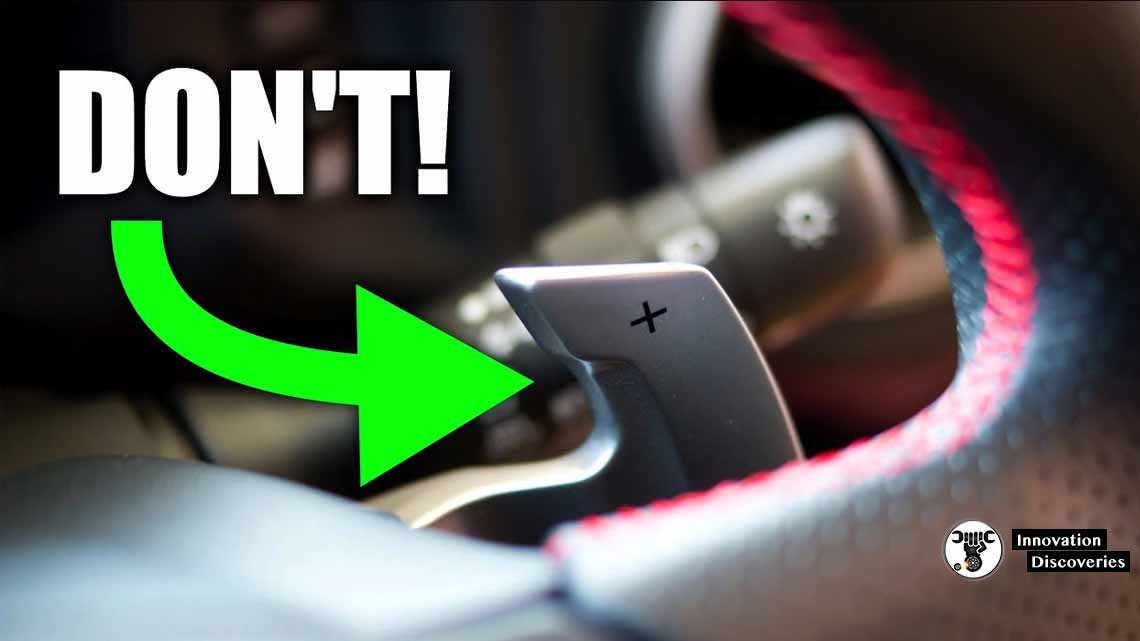
Visit Forum
Visit Our Friendly Website



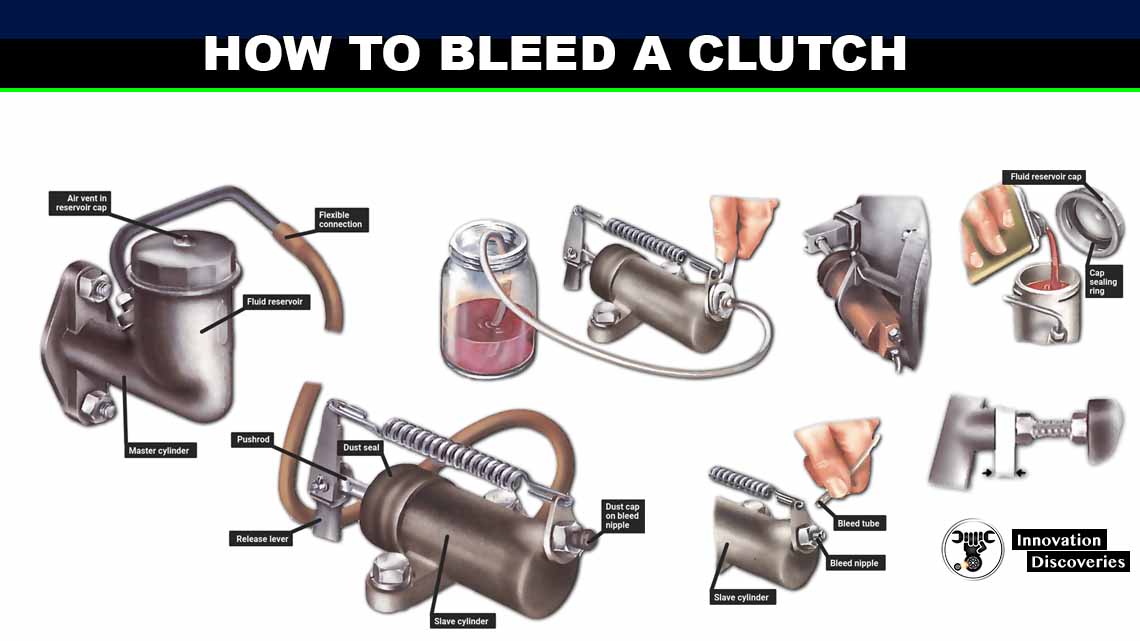
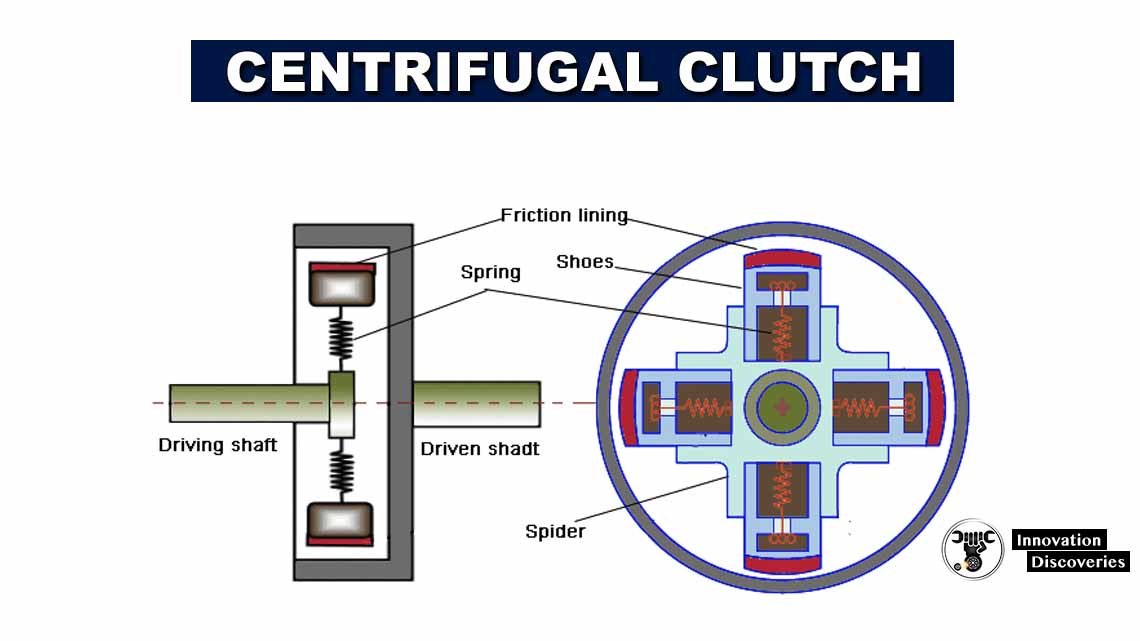
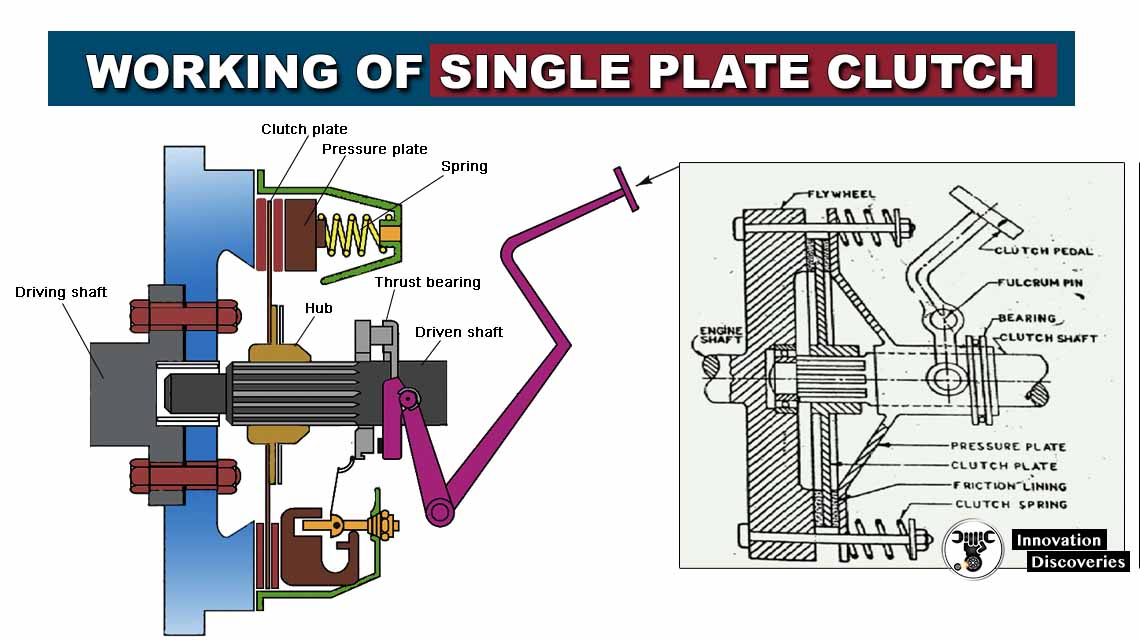

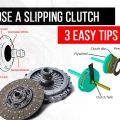
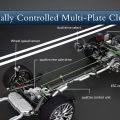
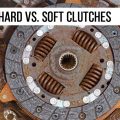
One Comment